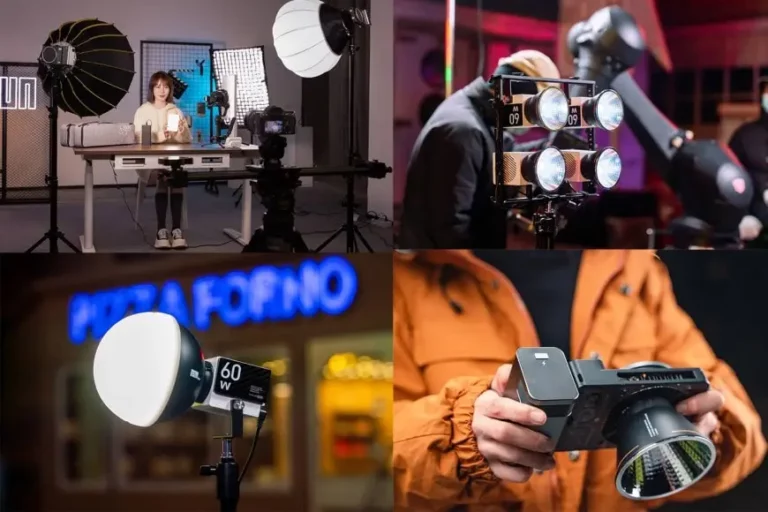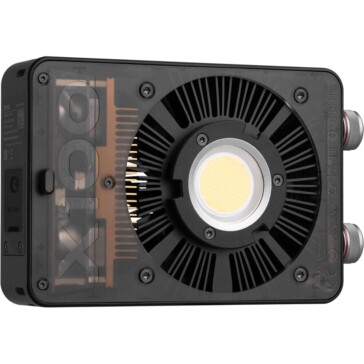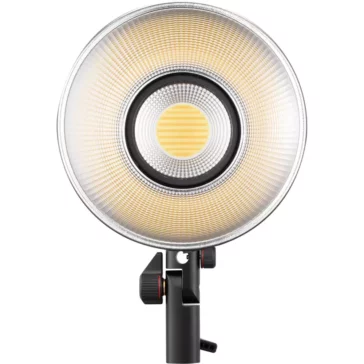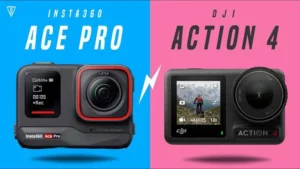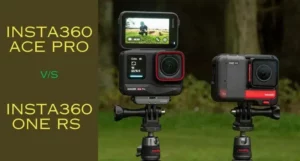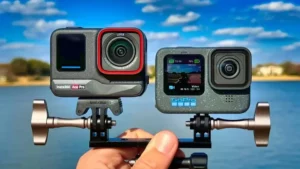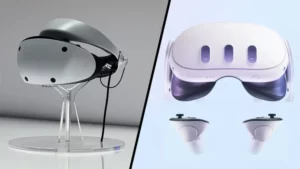Table of Contents
Introduction
The world of videography has seen significant advancements in recent years, and stabilizers have become an essential tool for both amateurs and professionals. Among the plethora of options available, two models stand out: the Zhiyun Molus x100 and the Molus G200. These stabilizers offer a myriad of features designed to enhance your videography experience. This comprehensive review aims to dissect each model’s features, performance, and value to help you make an informed decision.
-
Sale Product on saleZhiyun MOLUS X100 Bi-Color Pocket COB Monolight
₹27,600Original price was: ₹27,600.₹21,500Current price is: ₹21,500. incl. GST -
Sale Product on saleZhiyun MOLUS X100 Bi-Color Pocket COB Monolight (Pro Kit)
₹43,200Original price was: ₹43,200.₹33,200Current price is: ₹33,200. incl. GST -
Sale Product on saleZhiyun MOLUS X100 Bi-Color Pocket COB Monolight (Combo Kit)
₹38,400Original price was: ₹38,400.₹29,550Current price is: ₹29,550. incl. GST
Features Comparison
Build Quality
When it comes to build quality, the Zhiyun Molus x100 is a marvel of engineering. Crafted from high-grade aluminum, it offers a lightweight yet robust structure that can withstand the rigors of daily use. The Molus G200, on the other hand, opts for a blend of metal and plastic. While this combination may not offer the same level of durability as the x100, it provides a more ergonomic grip, making it easier to handle during extended shooting sessions.
Stabilization Performance
Stabilization is arguably the most crucial aspect of any stabilizer, and both models excel in this department. The Zhiyun Molus x100 employs a 3-axis gimbal system that ensures your footage remains smooth, even in challenging conditions. The Molus G200 takes it a step further with a 4-axis system. This additional axis provides an extra layer of stability but comes at the cost of a steeper learning curve, making it more suitable for seasoned videographers.
Battery Life
Battery life is another critical factor to consider, especially for those who shoot for extended periods. The Zhiyun Molus x100 offers an impressive 12-hour battery life, allowing you to capture more without worrying about recharging. The Molus G200, while commendable, falls slightly short with a maximum of 10 hours. However, it does offer quick charging capabilities, partially compensating for the shorter battery life.
Software Interface
Both stabilizers come equipped with intuitive software interfaces, but they cater to different user bases. The Zhiyun Molus x100 features a user-friendly interface that even beginners will find easy to navigate. The Molus G200, while intuitive, offers a range of advanced settings that may overwhelm newcomers but will be appreciated by professionals.
Additional Features
When it comes to additional features, the Molus G200 takes the cake with its object-tracking capabilities, a feature that can be incredibly useful for dynamic shooting scenarios. The Zhiyun Molus x100, while lacking in this department, excels in offering manual control options, giving you more creative freedom.
-
Sale Product on saleZhiyun MOLUS G200 Bi-Color LED Monolight
₹40,000Original price was: ₹40,000.₹33,499Current price is: ₹33,499. incl. GST
User Experience
Setting up either stabilizer is a straightforward process, thanks to well-documented manuals and online tutorials. However, the Zhiyun Molus x100 edges out in real-world performance due to its simpler interface and more comfortable grip. Both models enjoy robust community support, with numerous online forums, tutorials, and social media groups dedicated to helping users get the most out of their stabilizers.
Price and Value
Price is often the deciding factor for many consumers, and both models offer compelling value propositions. The Zhiyun Molus x100 is generally more affordable, making it an excellent choice for those on a budget. The Molus G200, while pricier, justifies its cost with advanced features like object tracking and a more complex stabilization system.
Pros and Cons
- Zhiyun Molus x100:
- Pros: Exceptional build quality, long-lasting battery, user-friendly interface
- Cons: Limited advanced features, may not be suitable for complex shooting scenarios
- Molus G200:
- Pros: Advanced stabilization system, object tracking, quick charging
- Cons: Slightly shorter battery life, higher price point, steep learning curve for beginners
FAQs
<strong>What are the main differences between the Zhiyun Molus x100 and Molus G200?</strong>
The primary differences between the Zhiyun Molus x100 and Molus G200 lie in four key areas: build quality, stabilization performance, battery life, and additional features. The x100 is crafted from high-grade aluminum, making it more durable but slightly heavier. It employs a 3-axis gimbal system and offers up to 12 hours of battery life. The G200, on the other hand, uses a combination of metal and plastic for its build and features a 4-axis gimbal system. Its battery life maxes out at 10 hours but offers quick charging. Additionally, the G200 comes with advanced features like object tracking, which the x100 lacks.
<strong>Is the Zhiyun Molus x100 suitable for beginners?</strong>
Absolutely, the Zhiyun Molus x100 is an excellent choice for beginners. One of its standout features is its user-friendly software interface, which is intuitive and easy to navigate. The setup process is straightforward, and there are numerous online tutorials and community forums to help you get started. Its 3-axis gimbal system provides sufficient stabilization for most shooting scenarios, making it a versatile option for those new to videography. The long battery life of up to 12 hours is another plus, allowing beginners to shoot for extended periods without worrying about recharging.
<strong>How does the Molus G200 perform in low light conditions?</strong>
The Molus G200 performs admirably in low light conditions, thanks to its advanced 4-axis stabilization system. This system minimizes camera shake, which is particularly beneficial when shooting in less-than-ideal lighting conditions where slower shutter speeds may be required. The G200’s software also offers various settings to optimize performance in low light, although mastering these settings may require some experience. Overall, if you frequently shoot in challenging lighting conditions, the G200’s advanced stabilization can be a significant advantage.
<strong>Which model offers better value for the price?</strong>
The answer to this question largely depends on your specific needs and what you’re looking to get out of a stabilizer. If you’re a beginner or an amateur videographer, the Zhiyun Molus x100 offers excellent value for its price. It provides all the essential features you’d need, such as robust build quality, reliable stabilization, and long battery life, all at a more affordable price point. However, if you’re a professional or someone who requires advanced features like object tracking and a more complex stabilization system, the Molus G200 may be worth the higher investment.
Conclusion
In conclusion, both the Zhiyun Molus x100 and Molus G200 are formidable contenders in the stabilizer market. Your choice between the two will ultimately depend on your specific needs, skill level, and budget. If you’re a beginner or someone looking for a reliable, user-friendly stabilizer, the x100 is your go-to option. However, if you’re a professional videographer seeking advanced features and are willing to invest both time and money, the G200 is well worth the consideration.
